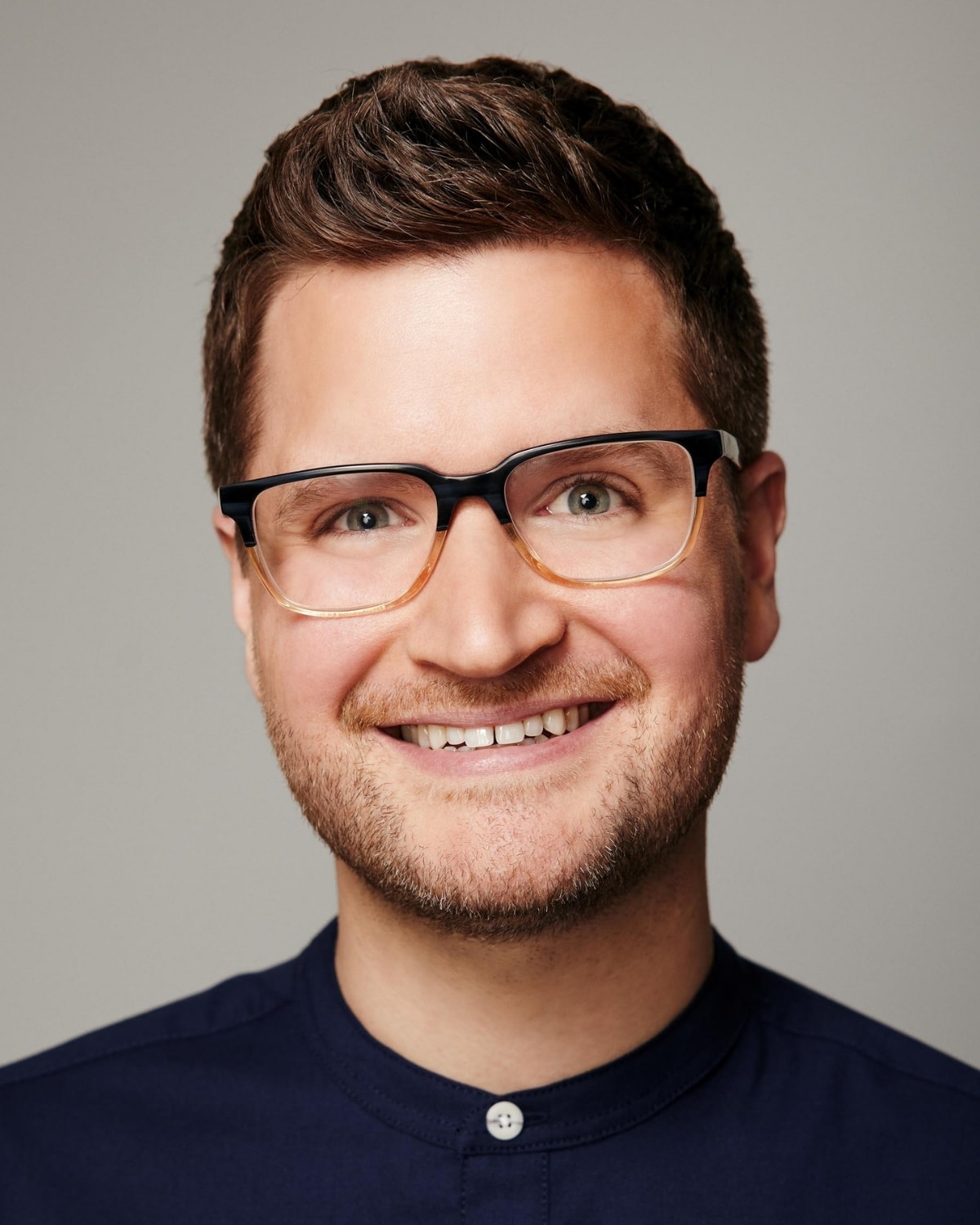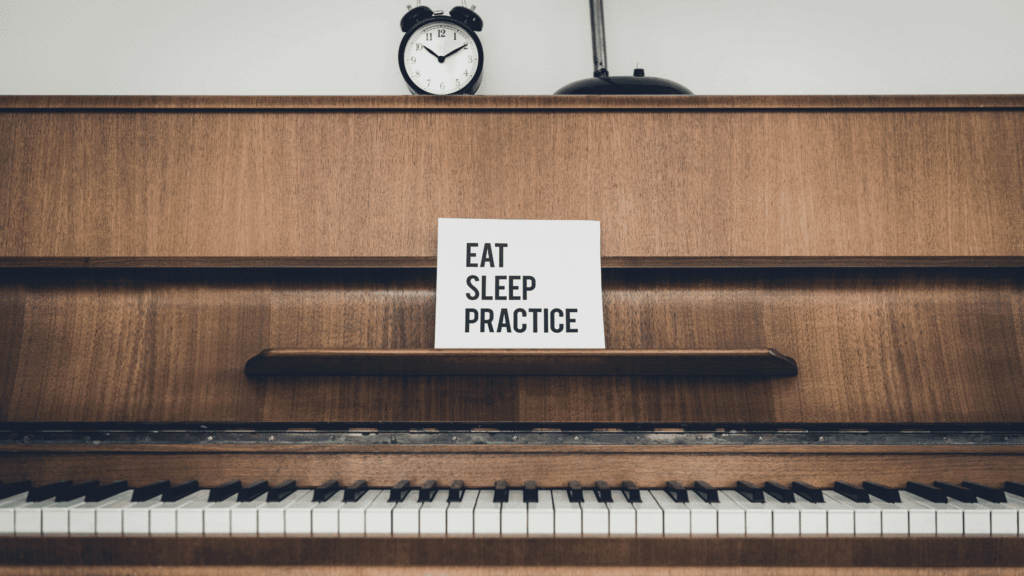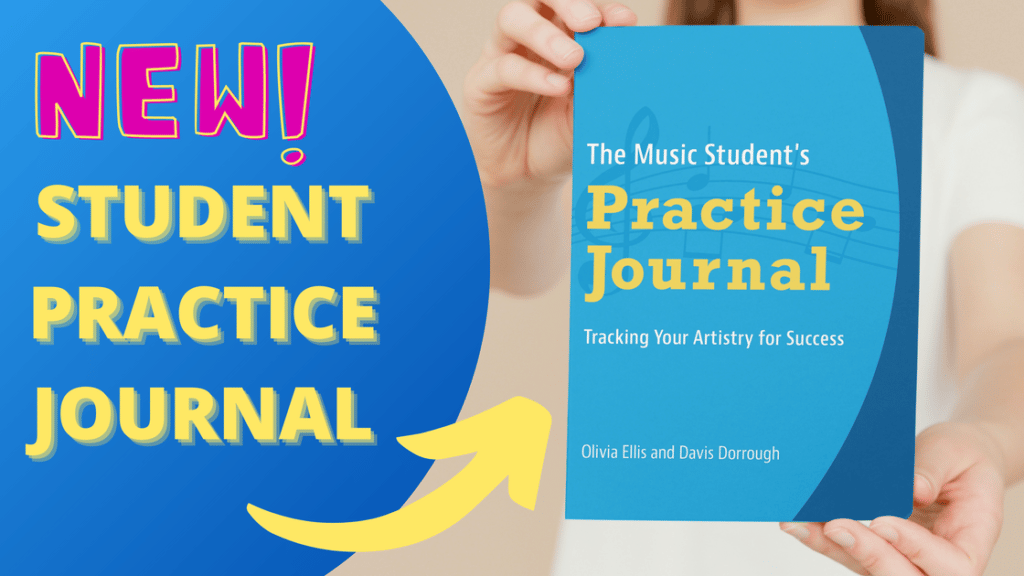The myth: Quality is more important than quantity.
The truth: In reality, both quality and quantity go hand in hand to produce good practice results.
As musicians and teachers, we often emphasize quality over quantity. We teach students strategies that will help them become more efficient practitioners so they can get as much done as possible in short practice sessions. Furthermore, we want students to be engaged in what they are doing rather than practicing mindlessly.
These ideas are great to communicate, but students may sometimes misinterpret conversations about practice efficiency to mean that they don’t need to practice much at all—which simply isn’t true. We can’t forget that the quantity of practice plays an equally important role in the success of music study. As Seymour Bernstein says:
Your progress will be directly proportionate to the quality AND quantity of effort expended.
Seymour Bernstein
While I’m not advocating that we expect all of our students to practice long hours every day, there is research that backs up the idea that 30 minutes or more is often necessary to even begin to reach a deep state of focus on an activity.
Some of you may be familiar with the concept of flow coined by Hungarian-American psychologist Mihály Csíkszentmihályi. Have you ever become focused on an activity and soon you glanced at the clock and thought…”where did the time go?”
You were probably in a state of flow!
It is that moment when you felt amazing and it seemed as if there was nothing else happening in the world besides you and your activity. But, to provide clarity, here is a more precise definition of the concept of flow:
Flow is an optimal state of consciousness where concentration is acute, focused, and sustained. Here, “action and awareness merge” and sense of self, self-consciousness, and even an awareness of time largely disappear. In this state of mind, performance is heightened and creativity is richly, and often dramatically, increased.
Research supports the idea that reaching the flow state profoundly impacts performance. In one study, 40 participants were presented with a difficult puzzle. None of the initial subjects were able to solve the problem in the amount of time given. However, when individuals in a flow state were handed the problem, 23 arrived at the correct answer before time ran out.
Some believe that reaching a state of flow can take up to 30 minutes or more, meaning many of our students who are putting in less practice time may never be reaching an ideal state where they can utilize their best creativity and problem-solving skills. Often we need those longer sessions to go deeper into our practice.
So, the next time you start to say “Quality is more important than quantity,” consider reframing that statement to say “Quality is just as important as quantity.” Our ability to harness both of these factors can help us keep our practice progress moving forward.
We had both quality and quantity in mind when we developed The Music Student’s Practice Journal: Tracking Your Artistry for Success. Goal-setting and reflection prompts help students focus on the quality of their practice while the tracking chart helps students keep up with practice times. Learn more.

A passionate music educator, presenter, and author, Davis spends his days empowering music students through creative teaching and music education resources. He is a frequent presenter at conferences and workshops across the nation and is co-author of the Easy Piano Lead Sheets and Chord Charts series. He currently lives in Cincinnati, Ohio.



